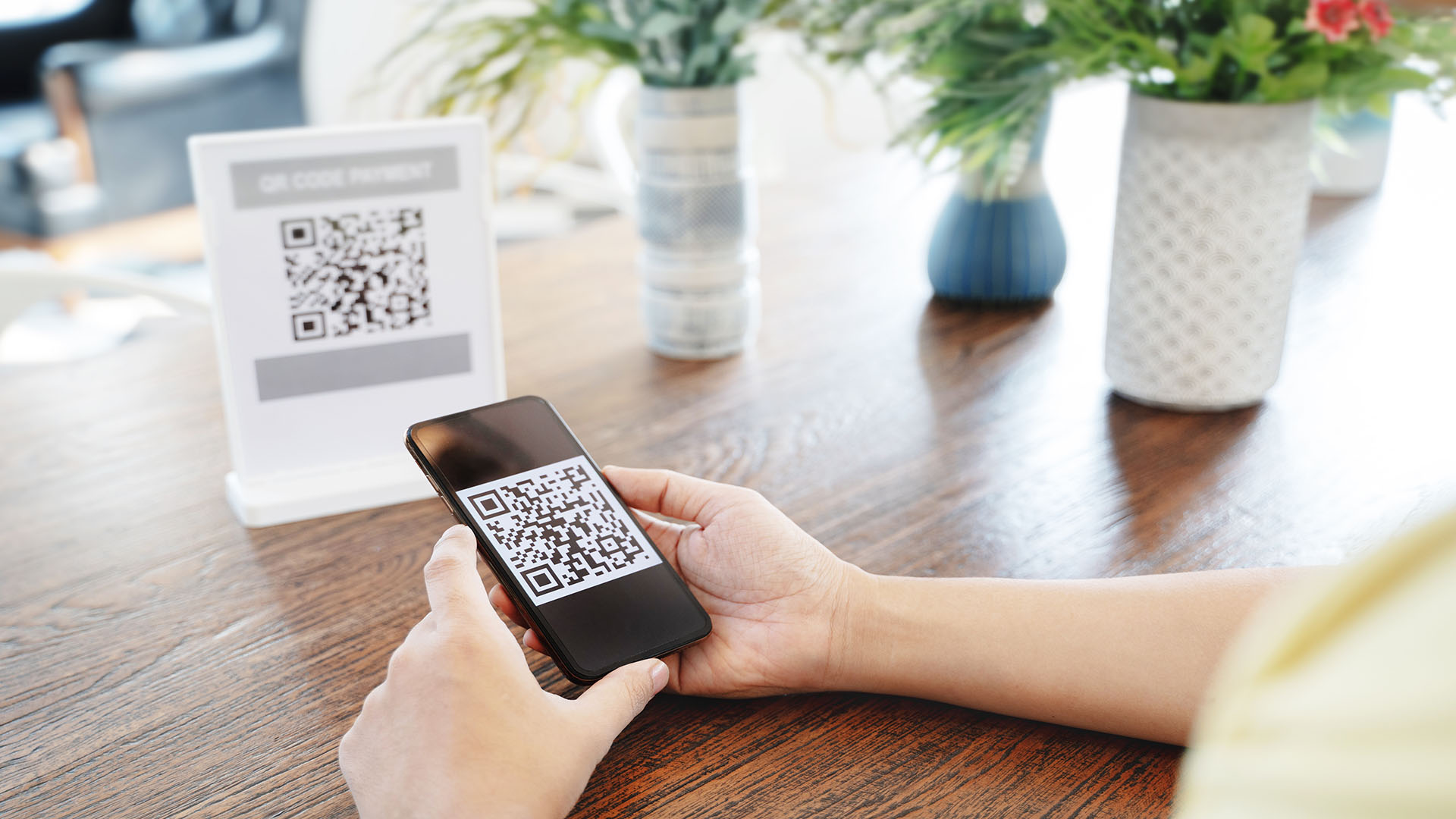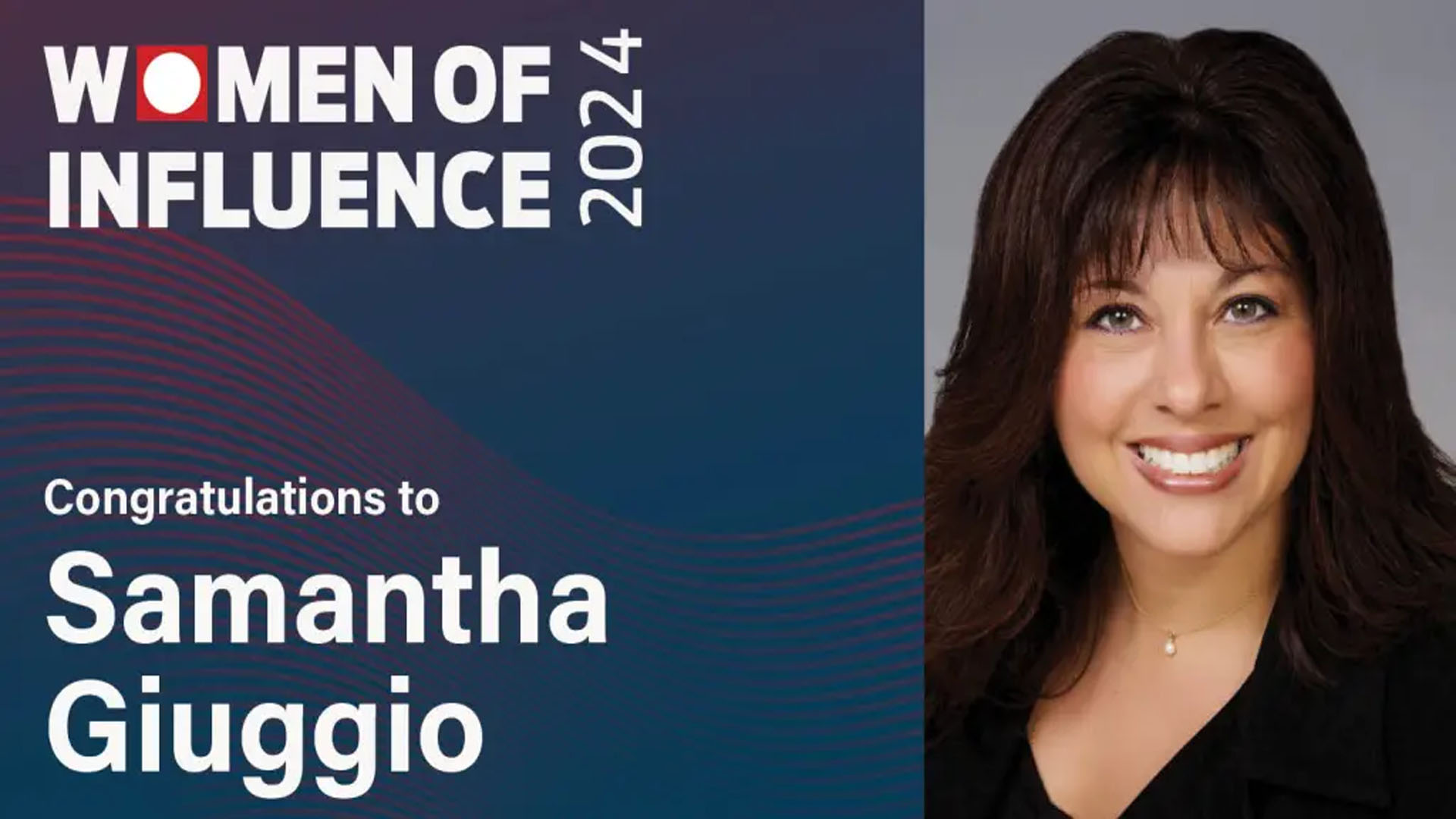
Good agents know that it’s essential to connect with their audience, keep them engaged, and provide them with helpful, relevant content that resonates. Great agents actively nurture their sphere of influence through email marketing.
Like any marketing technique, there are definite dos and don’ts for email (and some are not so obvious!). It’s frustrating to put time and effort into an email blast that goes unopened and unread.
Fortunately, the key to ensuring an effective email marketing strategy is being active and engaged yourself. Being present and sharing helpful content in your network, in your industry, and on social media helps you build a brand and get the reputation and recognition that leads to clicks and conversions. To make your email messaging stand out above the busy background of the average inbox, all you have to do is create the kind of content that gets your emails opened, read, and responded to.
Which email product should I use for my email newsletter?
Real estate professionals have many options for a newsletter creation and distribution beyond the email functionality of their brokerage’s CRM, such as Mailchimp, Constant Contact, ActiveCampaign, ConvertKit, SendinBlue, and more. Choosing an option depends mainly on the purpose of the newsletter, the needs of your database, your budget, and time availability.

Agents who successfully leverage email newsletter marketing do not use it as a standalone tactic; it is part of their larger marketing strategy. Before beginning, take some time to think about what you want your email newsletter to do for you:
- Drive traffic to a website or blog?
- Announce a new listing or a virtual open house?
- Promote your other content?
If you’re trying to accomplish one or more of these things as part of a larger marketing strategy, using the email marketing feature in your brokerage’s CRM will offer a more convenient and integrated way for your marketing strategy to succeed.
If you don’t like your CRM or find that you tend not to use it at all, then you can consider a third-party service, whether it’s standalone or an integrated content provider/email marketing service.
How do I stay out of the spam folder?
It’s no good crafting the perfect email marketing campaign if all your emails go directly to spam. From a security standpoint, all email products are held to the same level of security and must abide by the same CAN-SPAM Act rules. Fortunately, following these rules is relatively straightforward, and there are some easy steps you can take to help keep your email out of the frying pan.
Step 1: Only send emails to people who’ve opted in or otherwise given permission. An email from a stranger is sure to get flagged as spam if it makes it past the spam filter in the first place. It’s just good business practice to target your email marketing towards people who are already willing to hear your message.
Step 2: Ask your subscribers to whitelist your emails by adding your “From” address to their contacts or safe senders list. Including instructions with explanatory screenshots for the most popular email providers, such as Google, Microsoft, Yahoo!, Hotmail, and AOL, will make it much easier for your readers to comply, no matter their level of technical proficiency. Send this request and these instructions with your first “Welcome” email to ensure that more of your follow-up emails land in the inbox where they belong.
Step 3: Use a reputable email marketing program, one that takes steps to keep spammers from using their platforms and hurting the deliverability of legitimate emails like yours. The best email marketing software providers will have built-in features to help prevent other common mistakes that might get your email labeled as spam, such as using a suspicious-looking sending address or not including a physical location.
Step 4: Proofread. If English is not your first language—or if it is, but you aren’t particularly good at it—hire someone who writes well to compose your messages. A typo or odd punctuation mark here or there won’t cause too much damage. But if your grammar is consistently poor, your spelling is frequently wrong, or your sentence composition is often wonky, then your emails will get caught by spam filters. Spam filters do this because those types of errors resemble poorly-written attempts at phishing (the practice of sending fraudulent emails to trick vulnerable individuals into sharing personal information used in identity theft).
Only send emails to people who’ve opted in or otherwise given permission.
Does the way my email is designed affect its deliverability?
Surprisingly, the design and layout of an email—including photos, graphics, text, and any other elements—shouldn’t measurably change its ability to bypass firewalls and land in inboxes.

Be aware that some images may not load automatically, depending on the recipient’s bandwidth and security settings. You should still include images in your email marketing, however. The recipient may choose whether or not to open and view them.
The one exception is an email that’s meant to appear more personal, like a follow-up communication or an important message sent to only a select group of recipients. Keeping these formatted as text-only messages gives the impression that they are more personal and more targeted.
Always check your text-to-image ratio and optimize as needed to help maximize deliverability, and be sure to use high-quality images, even if they’re small. A poorly rendered image is always easy to spot and looks lazy and unprofessional.
Perhaps the single most important element in an email marketing campaign is the subject line. You only have a few words to convey value and convince people to open the email, so choose those words wisely and with forethought. Your email marketing service may offer the functionality to monitor open rates by subject line and timing, which can help you troubleshoot the cause when your emails aren’t proving effective.
Surprisingly, the design and layout of an email — including photos, graphics, text, and any other elements — shouldn’t measurably change its ability to bypass firewalls and land in inboxes.
How often should I send an email blast?
There are many schools of thought regarding the appropriate frequency of communications. As a general rule of thumb, YOU know YOUR audience better than anyone. Also, you know your goals for the email newsletters. As such, make sure to balance their desire for content and your time constraints on creating that content.

According to current email marketing stats, it takes between 7 and 13 touch-points to bring a client to a transaction. Data shows more and more that consumers are not ready to speak to an agent immediately after submitting an inquiry. For an overwhelming 95% percent of customers, the key to a successful email marketing campaign is providing consistent, value-added content and communication— tempered with a lot of patience. Trust that when they’re ready, your clients will reach out.
To prevent becoming annoying right off the bat, space your emails out once every two weeks and gradually increase the frequency until you find the formula that seems to work best for you. Analytics will help you determine this. The bottom line beyond even frequency is consistency. Email marketing, like blogging, is most effective when used as an active rather than a passive strategy. Publishing regularly and reliably will help you build authority and stay on people’s minds.
The bottom line beyond even frequency is consistency. Email marketing, like blogging, is most effective when used as an active rather than a passive strategy. Publishing regularly and reliably will help you build authority and stay on people’s minds.
How do I increase engagement to improve results?
Five factors help drive engagement and lead to higher open and response rates. Here are those five, followed by a suggestion of our own:
1. Segmentation — Essentially breaking down your list and sending the most relevant messages to the most interested recipients. If your list consists of readers who are considering selling their homes as well as readers considering moving into a new neighborhood, tailor your content as needed, and you’ll get maximum return.
2. Content — Think highly personalized, value-added information that showcases your unique expertise. Meeting your clients exactly where they are in their journey (buyer or seller) is an excellent way to design valuable content just for them, guaranteeing engagement.
3. Client focus — This should go without saying because buying a new home is sort of like having a wedding. The wedding is all about the bride and groom, and the buying process should be all about the buyers. Get to know your clients and the information they’re looking for at this point in their process. Personalizing valuable content for your clients drives engagement and loyalty.
4. Time-binding — People are more likely to open an email and engage with content if it’s time-bound or time-sensitive. Consider creating content like a webinar or a live Q & A session with a set deadline for interested parties to sign up.
5. Targeting — If your emails don’t seem to be hitting the mark, all you have to do is ask your audience what they want instead. A brief five-question survey sent to clients and partners on social media can help you identify topics in demand and subjects that have been played out.
6. Changing it up — A web service called Bomb Bomb helps users communicate more effectively by sending personal videos instead of the usual text-and-pictures email messages. There’s a free trial, so check it out. It may be that the best way for you to stand out is on video!






